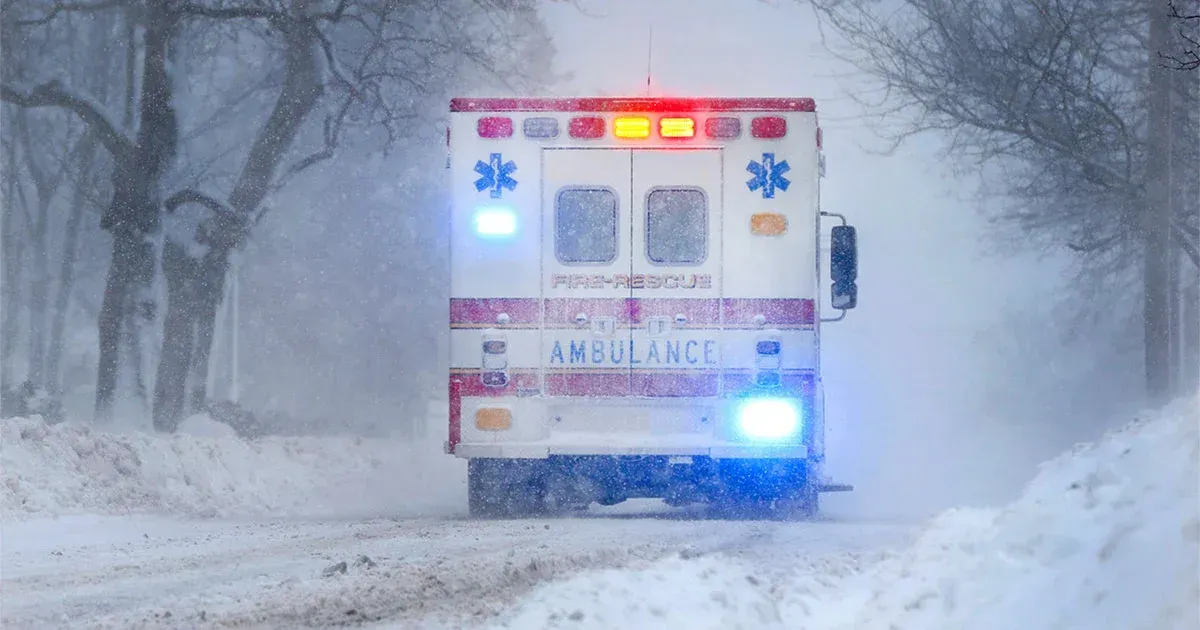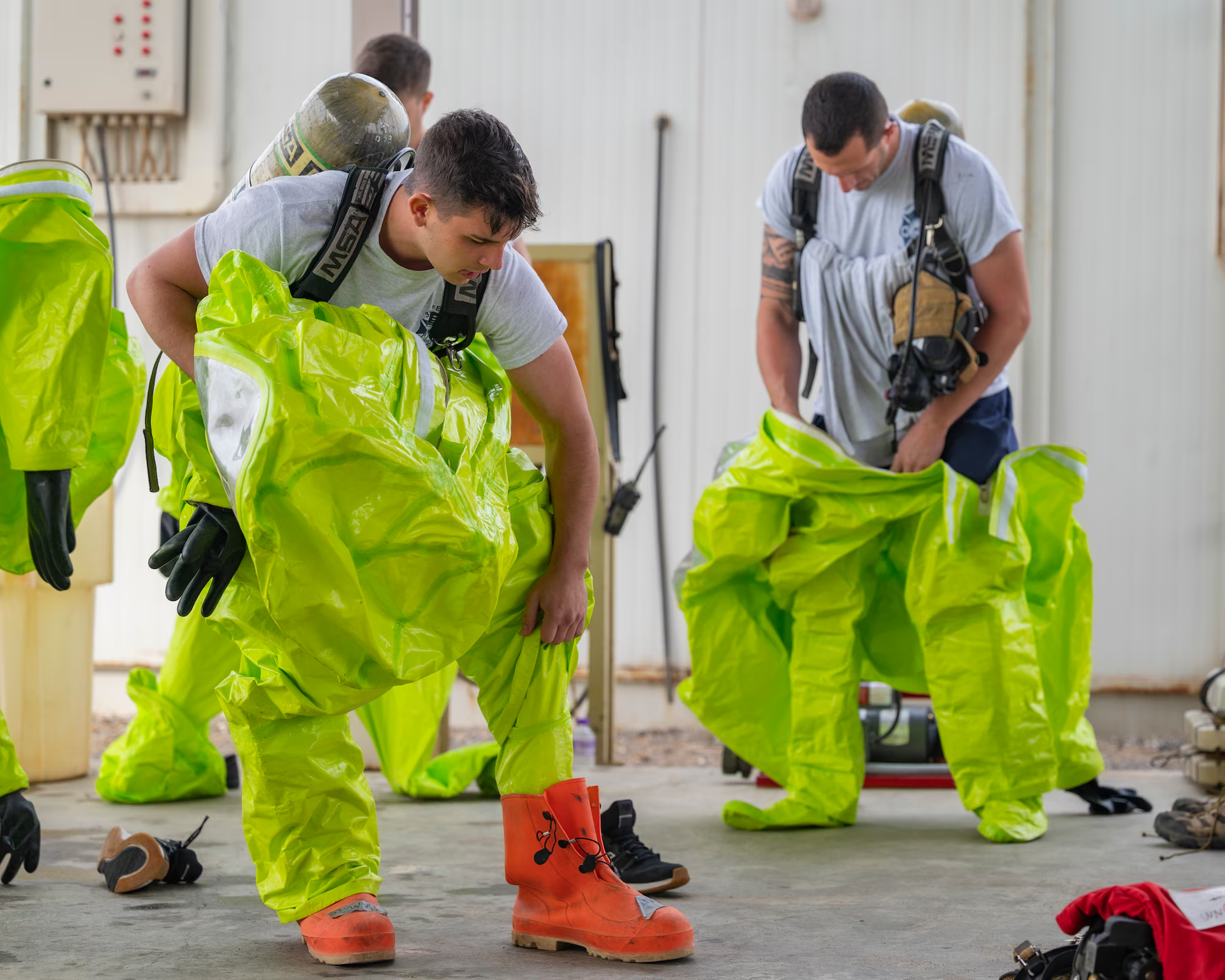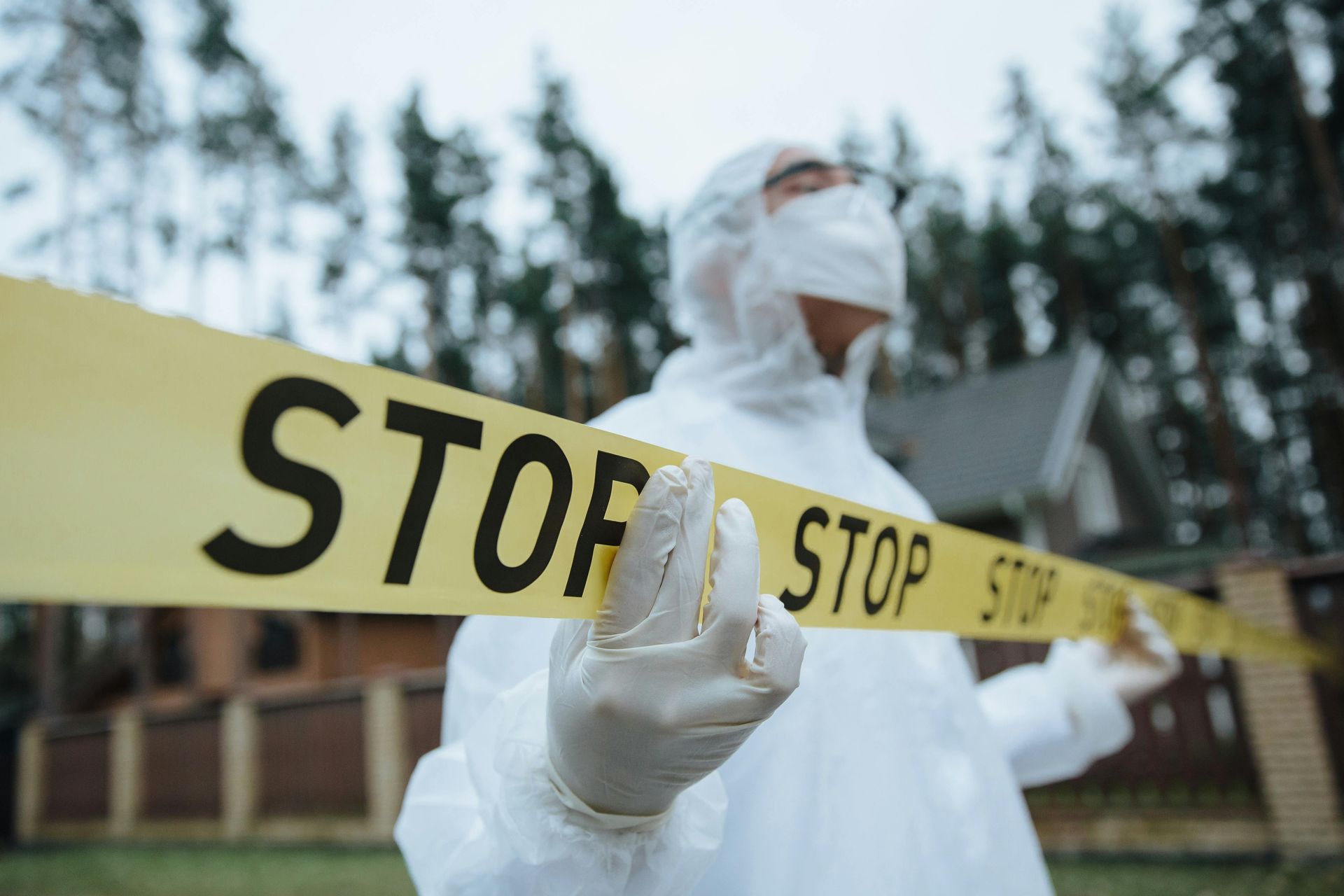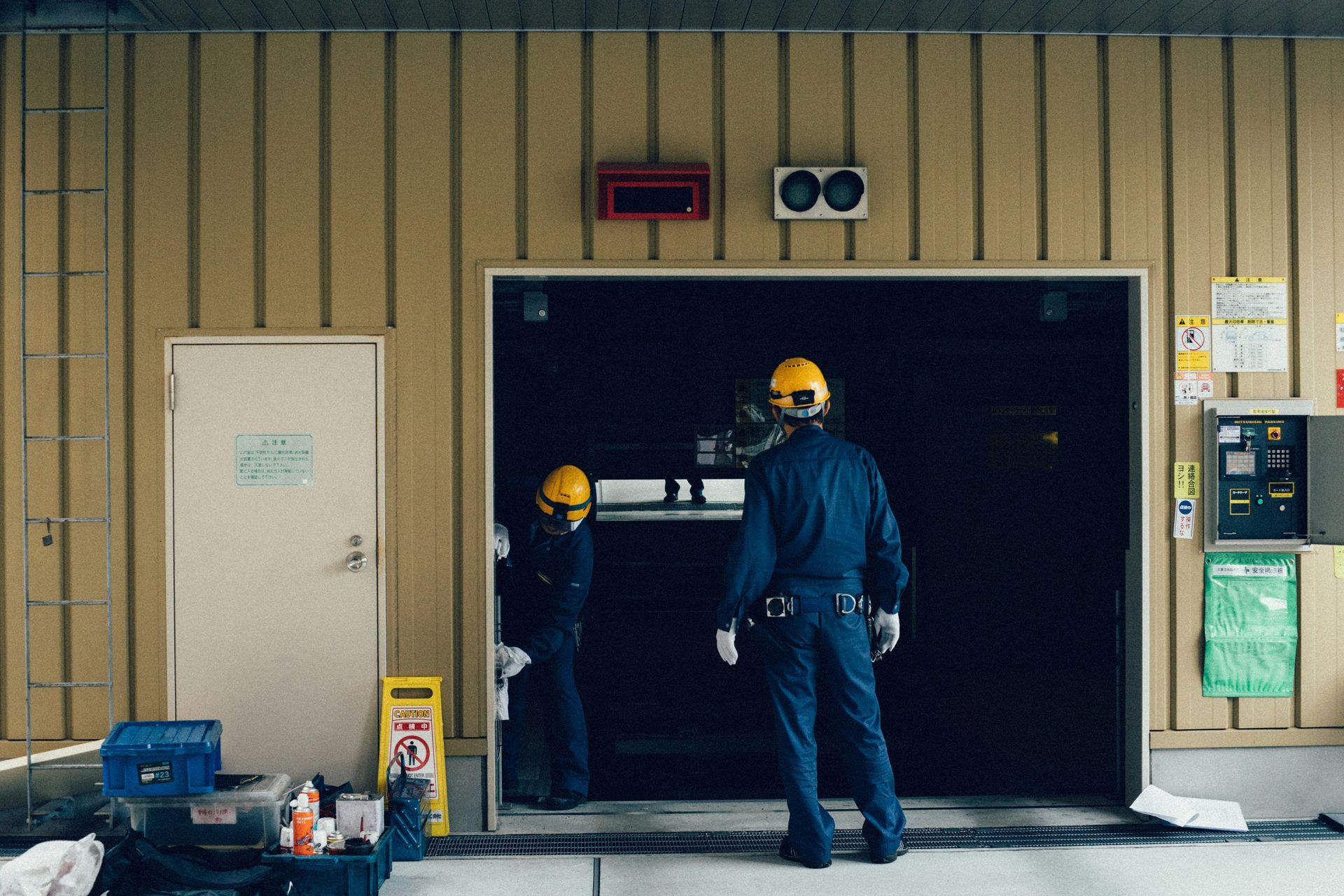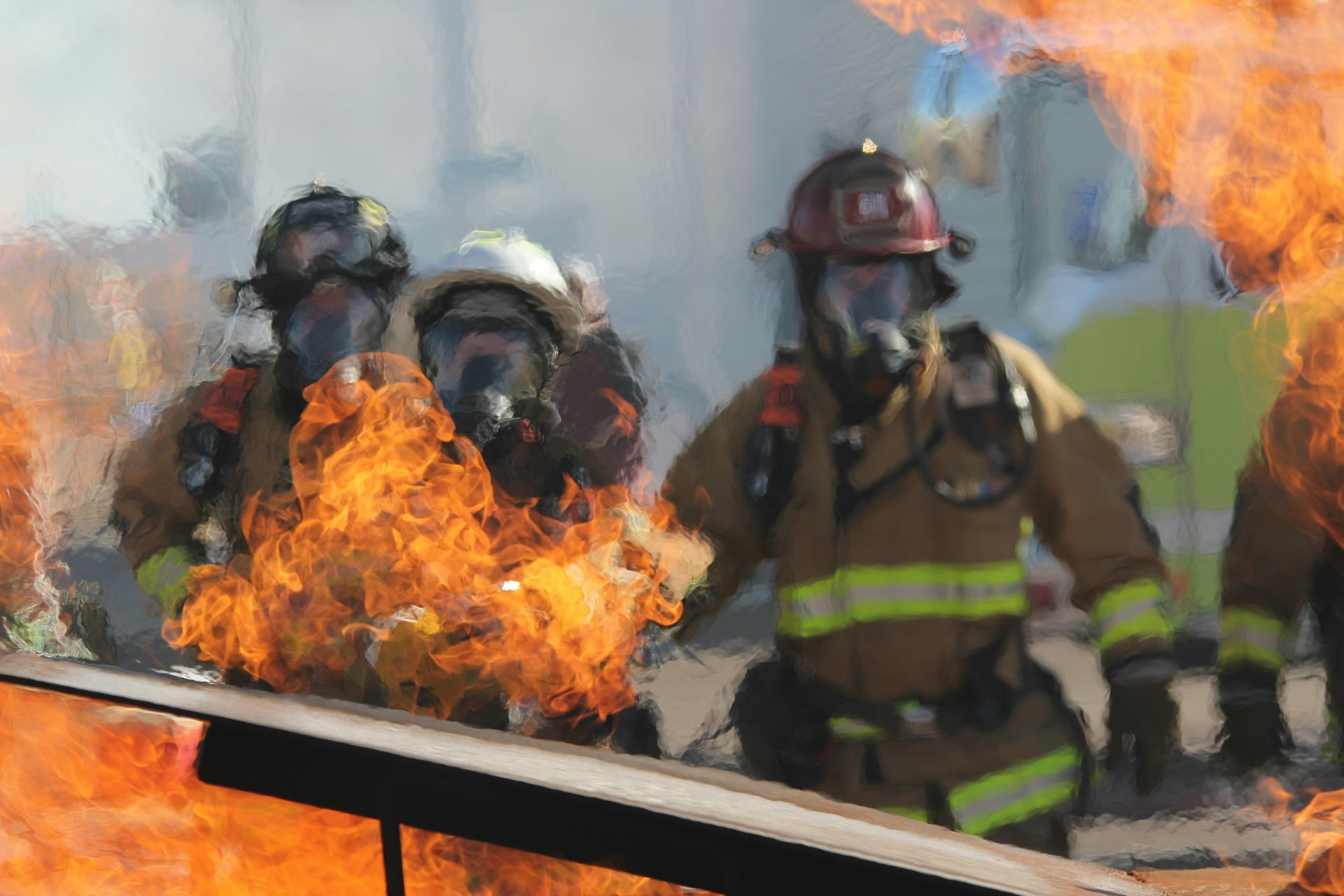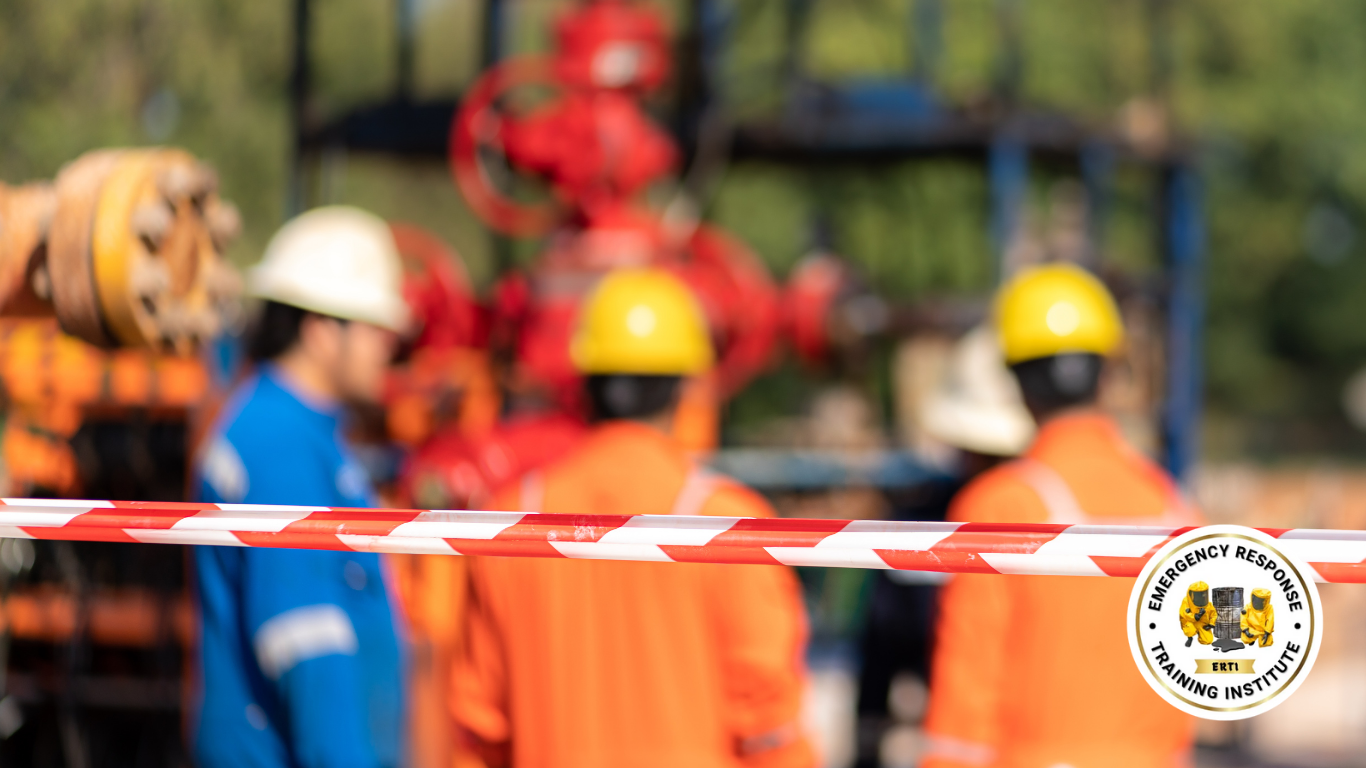Hazmat awareness is critical for first responders to quickly recognize and respond to hazardous materials emergencies.

First responders like firefighters, police officers, emergency medical technicians, and paramedics often face hazardous material (hazmat) incidents in their line of duty. These situations require specialized knowledge and equipment to properly respond and mitigate the risk of injury or death. Hazmat awareness is critical for first responders to quickly recognize and respond to hazardous materials emergencies. This blog aims to provide an in-depth understanding of hazmat awareness and how it can protect first responders while handling these situations.
What is Hazmat Awareness?
Hazmat awareness is defined as basic knowledge of hazardous materials and their risks. This includes basic understanding of the physical and chemical properties of materials that can be harmful to human health or the environment. First responders must be able to recognize common hazardous materials and understand the risks they pose in order to take the necessary actions to protect themselves, others, and the environment.
The Importance of Hazmat Awareness
Hazmat awareness is crucial for first responders, as hazardous materials pose a serious threat to human health and the environment. Without proper knowledge and training, first responders may not be able to quickly and safely identify and respond to these situations. Hazmat awareness training ensures that they can recognize and evaluate the risks associated with different types of hazardous materials, and determine the correct course of action to protect themselves and the surrounding community.
Hazmat Awareness Training
First responders must undergo hazmat awareness training in order to handle situations involving hazardous materials. This includes Hazard Communication Standards (HazCom), which provides training on how to safely handle hazardous materials and chemicals, and Incident Command Systems (ICS), which is an organizational framework for managing emergency incidents.
Personal Protective Equipment (PPE)
Hazmat awareness also involves the use of Personal Protective Equipment (PPE), which is equipment designed to protect individuals from hazardous materials. First responders must be properly trained on PPE and selecting the appropriate equipment for different situations. This equipment includes respirators, gloves, protective eyewear, and specific garments that shield the body against hazardous materials.
Emergency Response Planning
Part of hazmat awareness involves having a plan in place for emergency responses. First responders must have an emergency response plan in place in order to quickly respond to a hazardous material incident and minimize harm to the community. This plan includes identifying potential hazards in the area, designating emergency response teams, and establishing a clear communication protocol.
In conclusion, hazmat awareness is critical for first responders to safely and effectively handle hazardous materials incidents. By having a basic understanding of the physical and chemical properties of hazardous materials, first responders can recognize the risks involved and take appropriate action to protect themselves and the public. Proper training and equipment are key to preventing injury and minimizing harm to the environment. Hazmat awareness and emergency response planning are ongoing efforts to ensure first responders are prepared for any situation that may arise.


